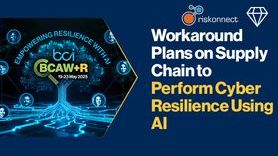The impact of changing demand on technology supply chains

Please note that this article is exclusive to BCI Members only. If you are a Member please login into your website account to read the full article.
As is well documented, the COVID-19 pandemic resulted in a sudden change in consumer demand trends. The uptake of technological solutions surged as organizations implemented remote working policies built around home office set-ups while consumers relied on technological solutions for communication and entertainment during multiple lockdowns.
This rise in demand for technological hardware raised demand pressure on one integral item throughout the electronics industry – the semiconductor chip. Due to both high demand and supply constraints for this one item, we have seen very real impacts throughout the supply chain. This issue on the supply side for chips began when a catalogue of disruptions, including the pandemic, saw production become increasingly difficult and result in delays in the distribution of this crucial component. Now into 2022, organizations down the supply chain are still feeling the impact of the semiconductor chip supply shortage.
The purpose of this article will be to use these lessons and look ahead to what challenges may be waiting in the future, initiated by changing consumer demands and compounded by disruption. As new technology developments are pursued, such as electric vehicles, it is important to understand how demand pressures and supply chain disruption can create supply shortages and how to manage this threat.
As part of this article, The BCI spoke with Federica Maria Rita Livelli AMBCI, a Business Continuity & Risk Management Consultant, on how organizations can mitigate the risks associated with changing consumer demand.











































